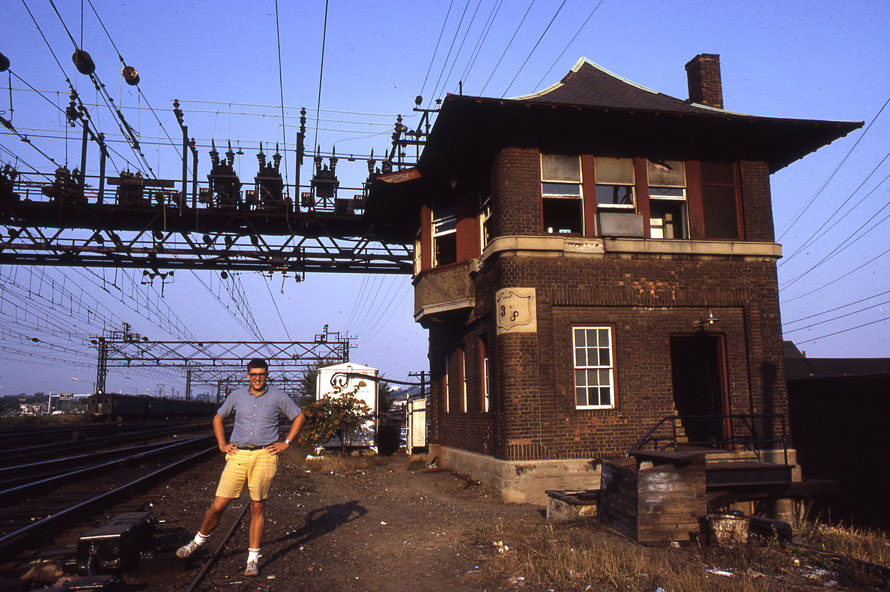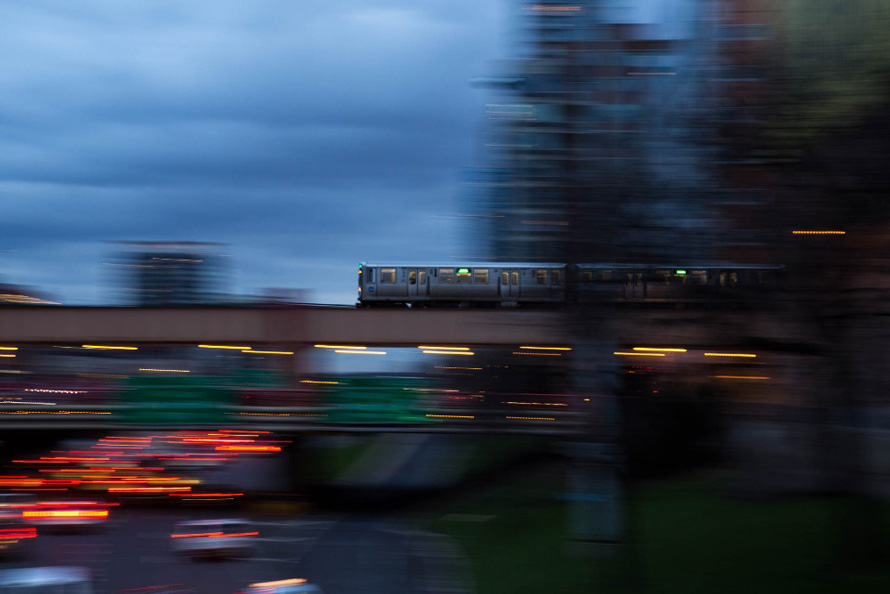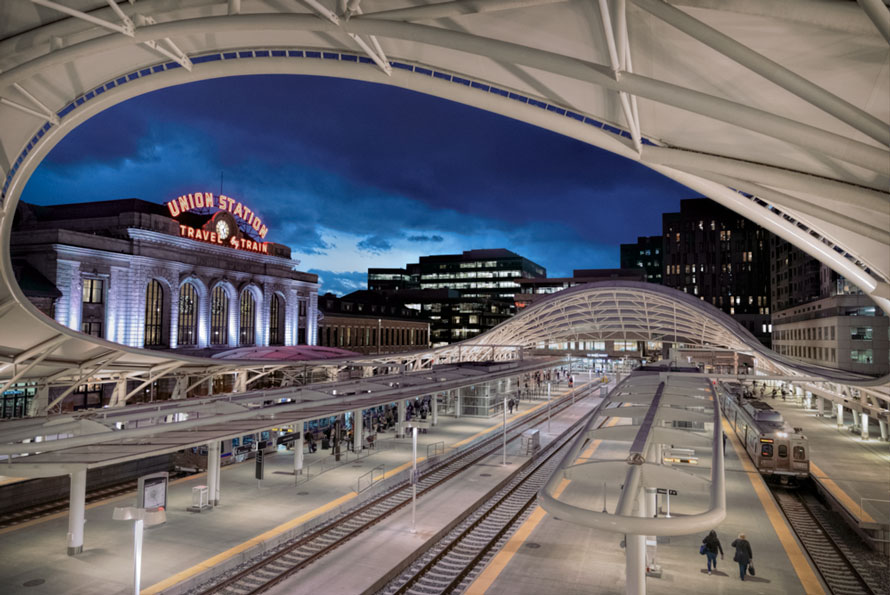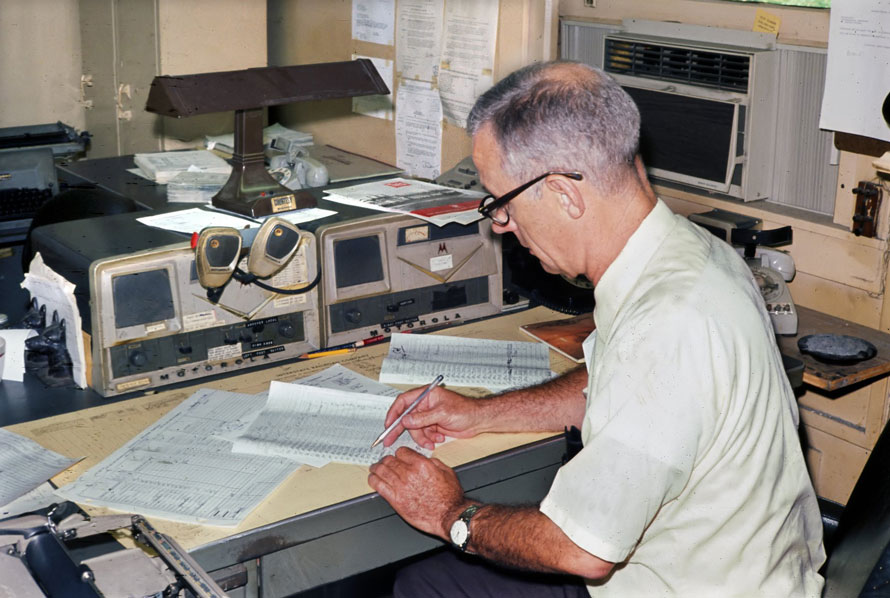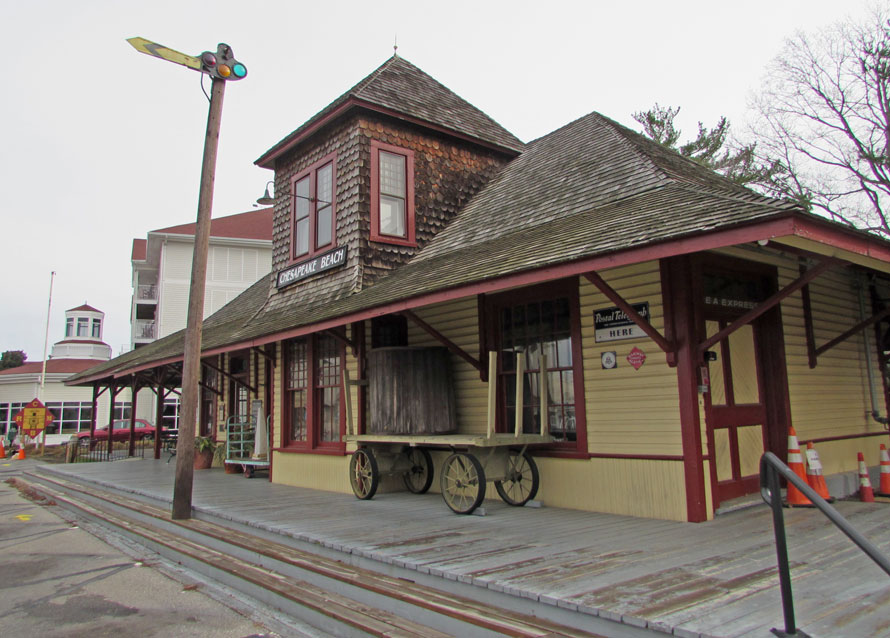
The town of Chesapeake Beach, Maryland is a town on the Chesapeake Bay. Today, it is a town with a water park, a resort, condos, and a restaurant overlooking the Chesapeake Bay. In the beginning, it was a completely different town. It began as a resort town to escape the hustle and bustle of Washington D.C. It had a beach, a carousel, roller coaster, bandshell, a boardwalk and a hotel. How did they get here? The Chesapeake Beach Railway was established to bring vacationers from Union Station in Washington D.C. to the Chesapeake Beach Train Station. As the train arrived in Chesapeake Beach, the passengers were just a short walk to everything. The town was a booming resort town, and the Chesapeake Beach Railway was a major contributor to the town’s success. What began in the late 1890’s… when into decline in the 1930’s. Vacationers were going to other resorts. There was a hotel the burned down. The Chesapeake Beach Railway was no more. The only thing of the old town of Chesapeake Beach that remains today is the Chesapeake Beach Train Station that remains in its original location, and it is the home of the Chesapeake Beach Railway Museum. The tracks are long gone, but there are some places where some of the old railroad bed remains.
Read more